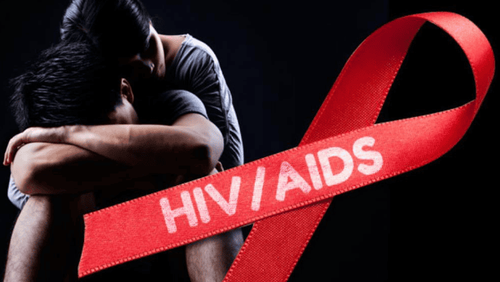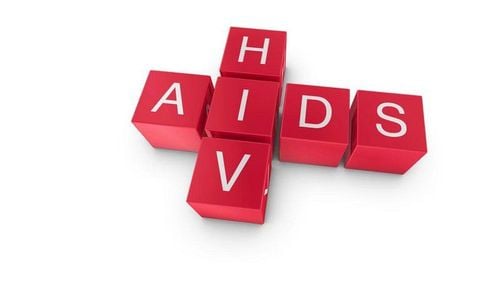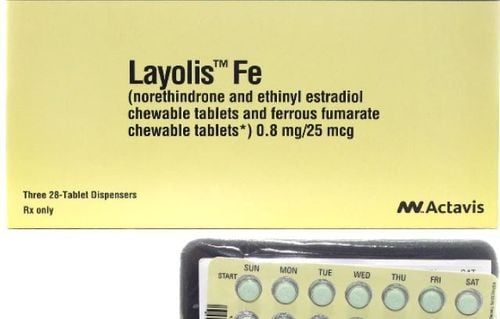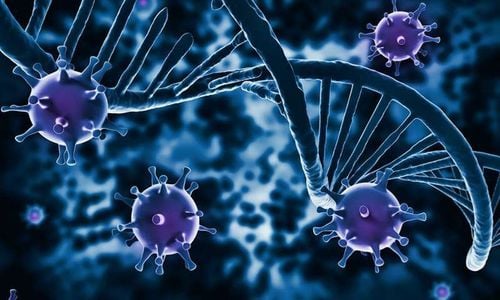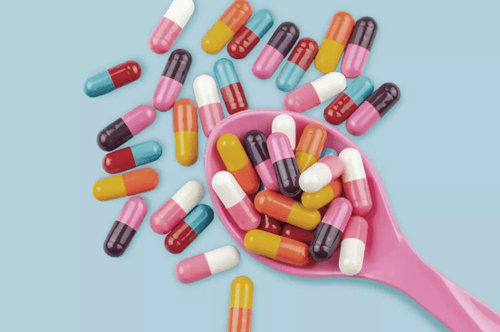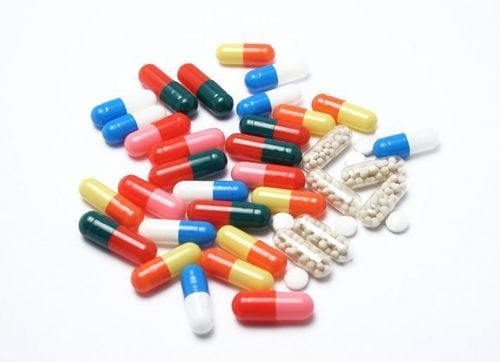This is an automatically translated article.
The article is professionally consulted by BSCKI Le Huu Dong - Head of Department of Medical Examination & Internal Medicine, Vinmec Nha Trang International General Hospital.
In Vietnam each year, more than 8,000 new HIV infections are discovered and 3,000 - 4,000 people die from HIV. This is considered a disease of the century that not only affects the health of the patient but also can be transmitted to those around. Let's find out the ways in which the disease is spread in the article below to have a scientific way to prevent disease.
1. What is HIV?
According to the provisions of Article 2 of the Ordinance on Prevention and Control of Viral Infections that Cause Acquired Immunodeficiency Syndrome (HIV/AIDS), the terms HIV and AIDS are understood as follows:HIV is the virus that causes the syndrome. acquired immunodeficiency in humans. HIV can be transmitted through sexual contact, through blood, or from mother to child during pregnancy, childbirth, and breastfeeding. AIDS is the final stage of HIV infection that damages the body's immune system, rendering the body unable to fight off pathogens and leading to death. Opportunistic infections are infections that occur due to an opportunistic immune deficiency caused by HIV infection.
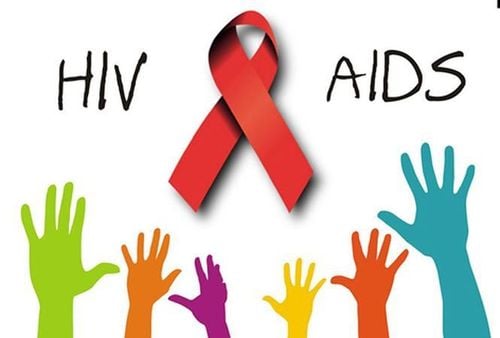
2. How is HIV transmitted?
2.1. HIV transmission by blood HIV is found in whole blood as well as in blood components such as red blood cells, platelets, plasma, and clotting factors. Therefore, HIV can be transmitted through HIV-infected blood and blood products.
Transmission of HIV from one person to another through injecting equipment through the skin as in the following cases:
Sharing needles, especially with people who inject drugs. Sharing tattoo needles, acupuncture needles, eyelash tattoo tools, eyebrow tattooing tools, razor blades, etc. Shared or used without proper sterilization of surgical instruments, examination instruments cure, ... have piercing cut through the skin. Transmission is through objects that can be contaminated with another person's blood in situations such as sharing a toothbrush.
Transmission through direct contact with other blood, such as being contaminated with the blood of an HIV-infected person in the place of open wounds or scratched skin and mucous membranes.
Transmitted through transfusion of blood and blood products or transplantation of HIV-infected tissues, organs, etc. or through blood transfusion, blood collection equipment, etc. that are not properly sterilized.
2.2. Sexual transmission of HIV Sexual transmission of HIV occurs when body fluids (blood, genital secretions) infected with HIV (of an HIV-infected person) enter the body of a non-HIV-infected partner. All forms of sex (penis-anal; penis-vaginal; penis-oral) with a person with HIV carries a risk of HIV transmission. However, the degree of risk is different, with the highest risk being anal, then vaginal, and finally oral. Recipients of semen have a higher risk of HIV infection. 2.3. Transmission of HIV from mother to child During pregnancy: HIV passes from the blood of an HIV-infected mother through the placenta to the fetus. At birth: HIV from the amniotic fluid, uterine fluid, and vaginal fluid of the mother enters the baby at birth (through the mucous membranes of the eyes, nose, anus, or the baby's skin during childbirth). At birth, HIV can also get from the mother's blood through sores in the mother's genitals that stick to the baby's body (mucosa). When breastfeeding: HIV can be transmitted through milk or through cracks in the mother's nipples, especially when the baby has lesions in the oral mucosa.
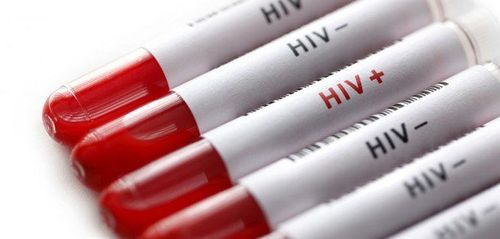
3. Is HIV transmitted through saliva?
In HIV infection, potentially infectious secretions are blood, genital secretions, and breast milk. Other secretions are considered safe if not mixed with the above secretions. Therefore, if saliva is alone, the possibility of HIV transmission is almost impossible. However, this ability will change and increase significantly if diluted in it is blood (from wounds, periodontitis, ulcers).Common oral sexual contacts include penetrative oral sex, deep kissing (with exchange of saliva, tongue contact). Other saliva contacts included kissing on the cheeks and lips, sharing cups and chopsticks, and drinking from the same glass of water.
The act of penetrative oral sex is considered a risk behavior for HIV transmission, this is not controversial. As for the deep kiss with saliva exchange, the contact secretions are mainly saliva, and your concern is that this secretion may be diluted with blood due to gingivitis causing bleeding. This is why deep kissing is considered in HIV transmission routes even though the risk is lower than other sexual contacts, especially for negative partners living with HIV positive people.
Saliva contacts such as sharing trays, sharing dishes, drinking water from the same glass are considered normal contact. In fact, there are no reported cases of infection through these contacts. However, in situations of living with HIV-infected people, this behavior should be considered because long-term, continuous exposure can increase the risk, especially when HIV-infected patients have certain symptoms. acute illness (oral thrush, ulcers, tuberculosis,...).
The case of brushing teeth using the same toothbrush with an HIV-positive person is considered sharing blood-stained utensils because the possibility of bleeding when brushing is quite common. Therefore, this is considered risky behavior. Fortunately, this behavior is not common in practice, only occasionally occurring in couples.
4. Can HIV be transmitted through food?
Eating and drinking with someone who has HIV is unlikely to spread the disease. And in fact, there have been no recorded cases of HIV infection through drinking water, sitting and eating with someone infected with HIV. For patients with sores or bleeding in the mouth area, they can go to HIV/AIDS medical centers for counseling and testing, although the possibility of infection through this case is also extremely high. low period.It can be said that, outside the body, HIV is almost non-existent after a few hours leaving the human body and the risk of infection if there is contact with dried blood in the environment of an HIV-infected person is very low. or almost none at all. Although the HIV virus is present in the saliva, tears and even urine of an HIV-infected person, there is no risk of infection because the amount of virus is too low.
People with risk factors for HIV infection such as unprotected sex, tattooing or injecting drugs, patients who have to have blood transfusions or blood products,... You can refer to the Checkup Package screening for social diseases at Vinmec International General Hospital to perform dermatological examination, HIV Ab test,... for accurate results to have a timely treatment regimen.
Please dial HOTLINE for more information or register for an appointment HERE. Download MyVinmec app to make appointments faster and to manage your bookings easily.
Reference source: WHO; Department of Preventive Medicine - Ministry of Health




